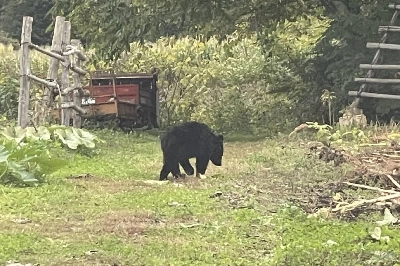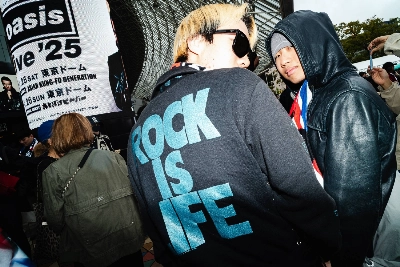The 1830s wood-block print below depicts hanami (cherry-blossom viewing) on the banks of the Sumida River. A group of young women and girls are on an excursion, and, with their elaborate hairstyles and fancy, uniform kimono, it appears they are apprentice geisha from licensed quarters nearby. Like teenage girls on a school excursion, they look to be too busy chattering and laughing to pay much attention to the flowers.
Meanwhile, the playboy son of a wealthy merchant is enjoying a party with his own group beside large cherry trees in the foreground. A pipe nestled between his lips, his demeanor is that of a dilettante appreciative of the classical elegance of flower-viewing as he nods to a bald-headed male entertainer. The man's geisha girlfriend has been distracted by a little boy shouting from beneath the branches of a tree while a servant unpacks food and drink to prepare a picnic.
Of all the famous places in Edo for hanami, the Sumida River's east bank, called Mukojima (or Bokutei) was the most popular. The area was easily accessible by boat from central Edo and was open for merrymaking day and night.

















With your current subscription plan you can comment on stories. However, before writing your first comment, please create a display name in the Profile section of your subscriber account page.